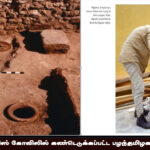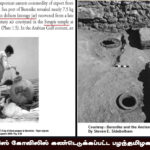

“A substantial amount of pepper was stored in large jars
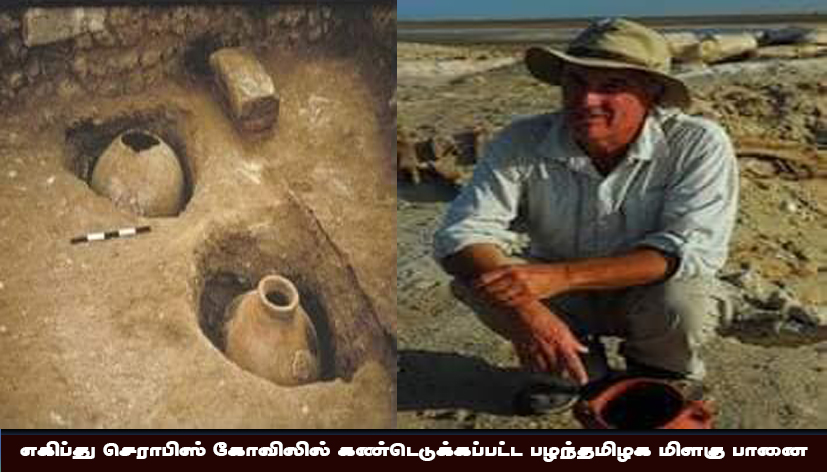
A substantial amount of pepper was stored in large jars, dug into the first century AD floor of a courtyard that lay directly north of the temple. These Indian made storage jars were excavated in 1999 and one still contained over 7.5 kilograms of black peppercorns, the largest amount ever found anywhere in the Roman Empire.32 It seems, assuming this area also belonged to the temple complex, that the temple was also used in this period as a safe place to store precious trade goods, or that the temple was itself active in the international trade at that time. Between the late 3rd and up to about the middle of the 4th century AD, Berenike was at a nadir in its fortunes and the roof of the hall of the temple collapsed.
Sidebotham 2007, pp. 74-75
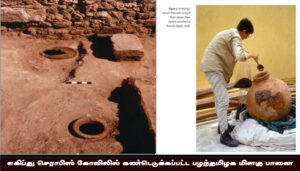 “In 1999 our excavations reached what we believe to be the early Roman courtyard floor of the Serapis temple. Embedded in this
“In 1999 our excavations reached what we believe to be the early Roman courtyard floor of the Serapis temple. Embedded in this
surface were two large round-bottomed clay jars made in India. One preserved the remains of its original wooden lid while the other contained, much to our amazement, 7.55 kilograms of black peppercorns. Imported from southern India during the acme of Roman maritime contacts with that area in the first century AD, the peppercorns were, perhaps, temple property and may have
been destined for religious rituals. This is the largest cache of peppercorns ever found within the boundaries of the Roman Empire.” – Steven Sidebotham, Martin Hense, Hendrikje M. Nouwens
The Red Land, The Illustrated Archaeology of Egypt’s Eastern Desert
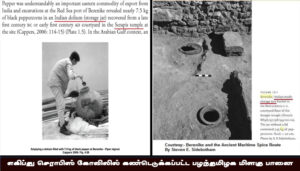
“A substantial amount of pepper was stored in large jars, dug into the first century AD floor of a courtyard that lay directly north of the temple. These Indian made storage jars were excavated in 1999 and one still contained over 7.5 kilograms of black peppercorns, the largest amount ever found anywhere in the Roman Empire.32 It seems, assuming this area also belonged to the temple complex, that the temple was also used in this period as a safe place to store precious trade goods, or that the temple was itself active in the international trade at that time. Between the late 3rd and up to about the middle of the 4th century AD, Berenike was at a nadir in its fortunes and the roof of the hall of the temple collapsed.”- Martin Hense, The Great Temple of Berenike.
